It's time to get the comfort you deserve. Good soap matters. soapisbest.com
- Home
- Cats and Chickens
- Chicken Coop Easy to Clean
Chicken coop easy to clean
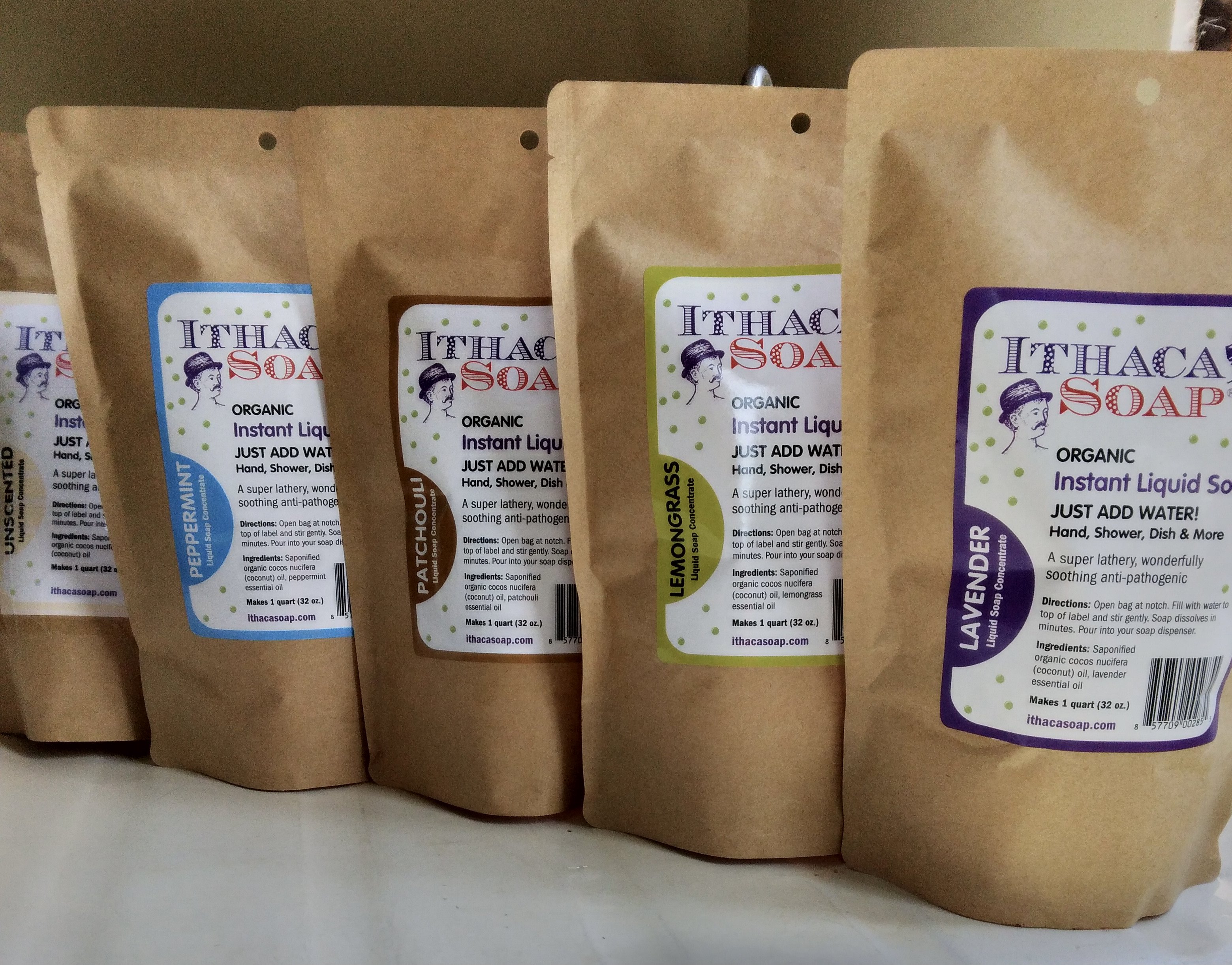 Choose from 5 different natural essential oil scents
Choose from 5 different natural essential oil scentsInstant Liquid Soap is the perfect stovetop cleaner. It's gentle on your hands while being tough on built up, caked on grease. Click here to read How to Clean your Greasy Stovetop using zero waste natural soap methods
- Tear open pouch at notch
- Fill pouch with water to top of label. Gently stir.
- Pour into a reused plastic bottle. Use.
The future starts now as you end single use plastic bottles. Click here
Your chicken coop is easy to clean when you give 20 minutes to it every day. A little soap and water and a few simple tools will go a long way, contributing to your chickens health, happiness, and egg production.
Too many deep cleaning house tasks involve a lot of garbage. One time use sponges and wipes, single use plastic bottles, paper towels, plastic bag litter box liners, etc. This is just a fraction of the waste that result from our chosen cleaning products and cleaning methods.
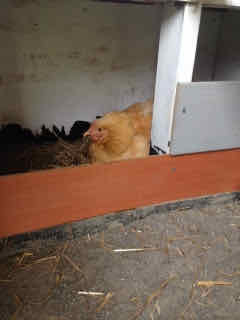 Broody Amber sitting on her eggs in the main nest box
Broody Amber sitting on her eggs in the main nest box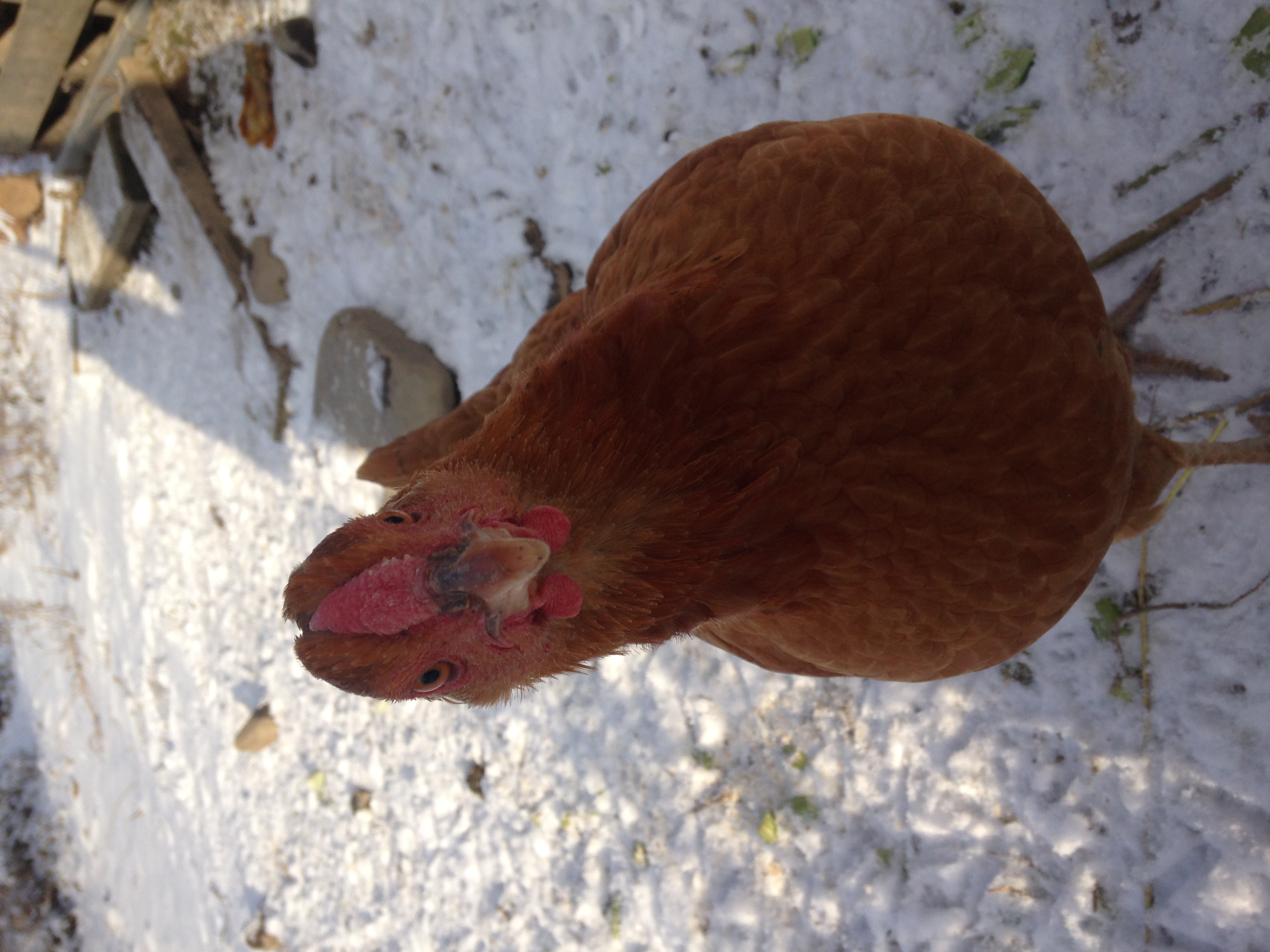 Citrina, one of Ambers chicks, all grown up
Citrina, one of Ambers chicks, all grown up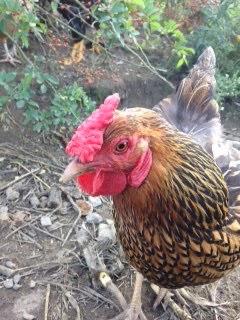 Ruby, who is very quiet, until she has to lay an egg
Ruby, who is very quiet, until she has to lay an eggChicken Coop Cleaning is easy
The chicken coop is easy to clean daily with Instant Liquid Soap, diluted to the 2 gallon ratio. This way my chickens can happily and comfortably lay eggs during the day in a clean next box, and roost in a clean coop at night.
You can even use lavender or peppermint since that will help keep red mites away, freshen up the coop, and even help with health issues. If you choose to go with scented Instant Liquid Soap in your coop, please make sure, you use the 2 gallon ratio.
Sign me up now
for a 25% off coupon
ithacasoap.com
Cleaning supplies and tools
Chicken coop cleaning tools:
- Coveralls (I wear Dickies women's long sleeve coveralls and I love them)
- Hat (one that covers all of your hair. I stuff mine up inside a tightly knit hat)
- Rubber boots
- Rubber gloves
- Dust mask
- Pooper scooper
- Sponge
- Spray bottle filled with Instant Liquid Soap, diluted to Waterless Hand Soap ratio below
- Putty knife scraper
- 5 gallon plastic bucket
Go Soap (aka Waterless Hand Soap) dilute ratio
We have renamed Waterless Hand Soap to Go Soap.
You have an empty Waterless Hand Soap 2 oz. spray bottle and want to refill it. Make a Go Soap refill.
Dilute one bag of Instant Liquid Soap into one quart of liquid soap (32 oz.).
Follow the instructions on the package.
Pour 1/2 of the quart of liquid hand soap (16 oz.) into a one gallon container and fill it SLOWLY with water. This makes 1 gallon of Go Soap, aka waterless hand soap, that you use as hand sanitizer replacement and general cleaner.
Refill an empty spray bottle to use on everything. Click here for more uses
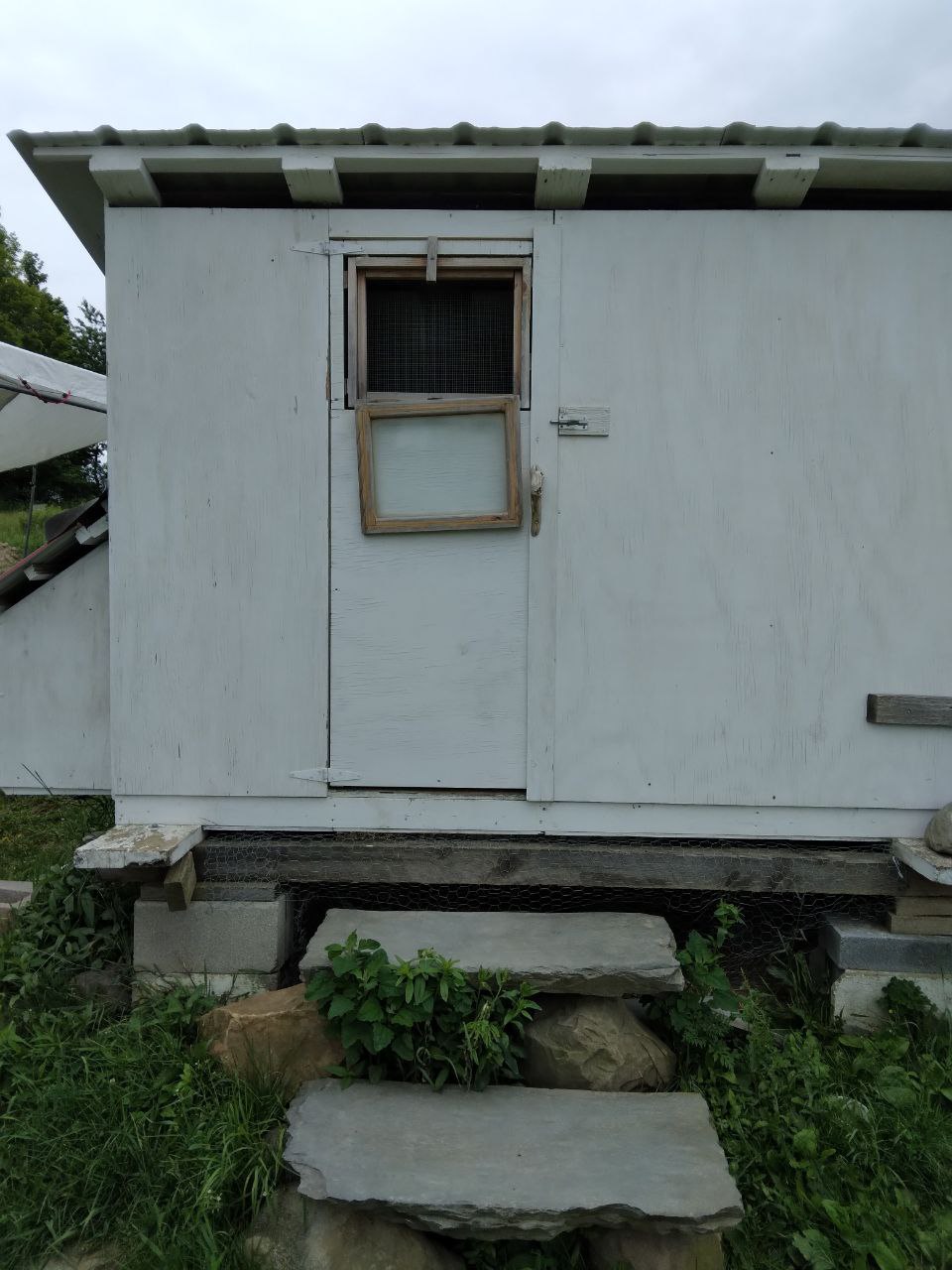
How often do I clean my chicken coop
How often do I clean the chicken coop? Every morning. If you keep up with the cleaning every day, coop cleaning is simple, quick, and problems are easily avoided. Here are just a few issues we do not have to deal with.
My coop doesn't have that chicken ammonia oder.
My chicks rarely suffer from mites.
We do not have to deal with rats.
My chicks do not get bumble foot, when they have a foot injury.
How to clean your chicken coop
Go Soap (aka Waterless Hand Soap) dilute ratio
We have renamed Waterless Hand Soap to Go Soap.
You have an empty Waterless Hand Soap 2 oz. spray bottle and want to refill it. Make a Go Soap refill.
Dilute one bag of Instant Liquid Soap into one quart of liquid soap (32 oz.).
Follow the instructions on the package.
Pour 1/2 of the quart of liquid hand soap (16 oz.) into a one gallon container and fill it SLOWLY with water. This makes 1 gallon of Go Soap, aka waterless hand soap, that you use as hand sanitizer replacement and general cleaner.
Refill an empty spray bottle to use on everything. Click here for more uses
Dress for the occasion
I put on my coveralls, tuck my hair up underneath a hat, slip on knee high rubber boots, put a dust mask over my nose and mouth, and slip on a pair of rubber gloves. Now I'm ready to scoop the chicken poop.
We use a chicken coop deep litter method. This means the tarred plywood coop floor has 3-5 inches of construction sand on it. This sand is very useful to the chicks and in keeping the coop clean, but uncomfortable for human lungs. It creates a LOT of dust when you move it around and soaks up a lot of moisture.
The chicks LOVE it. It's perfect for them. They eat it as grit to aid with their digestion, and dust bathe in it. It's also useful in the garden and in construction projects. But, it is very dusty, which is why I dress for the occasion.
I spray a generous amount of Waterless Hand Soap onto a damp sponge, and wipe down all of the surfaces, paying close attention to the corners. edges, seems, etc. This keeps away mites and flies, and all sort of other pathogens that can cause illness and disease in my flock.
Do you already have a spray bottle? Reuse it and make a Waterless Hand Soap refill for pennies out of Instant Liquid Soap.
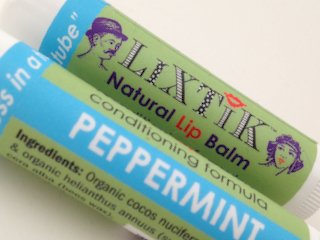 Peppermint bees wax lip balm
Peppermint bees wax lip balmMoisturize, hydrate, and nourish your lips with wonderfully luxurious
Leave your lips moist and smooth for many hours. Soothes severely chapped lips.
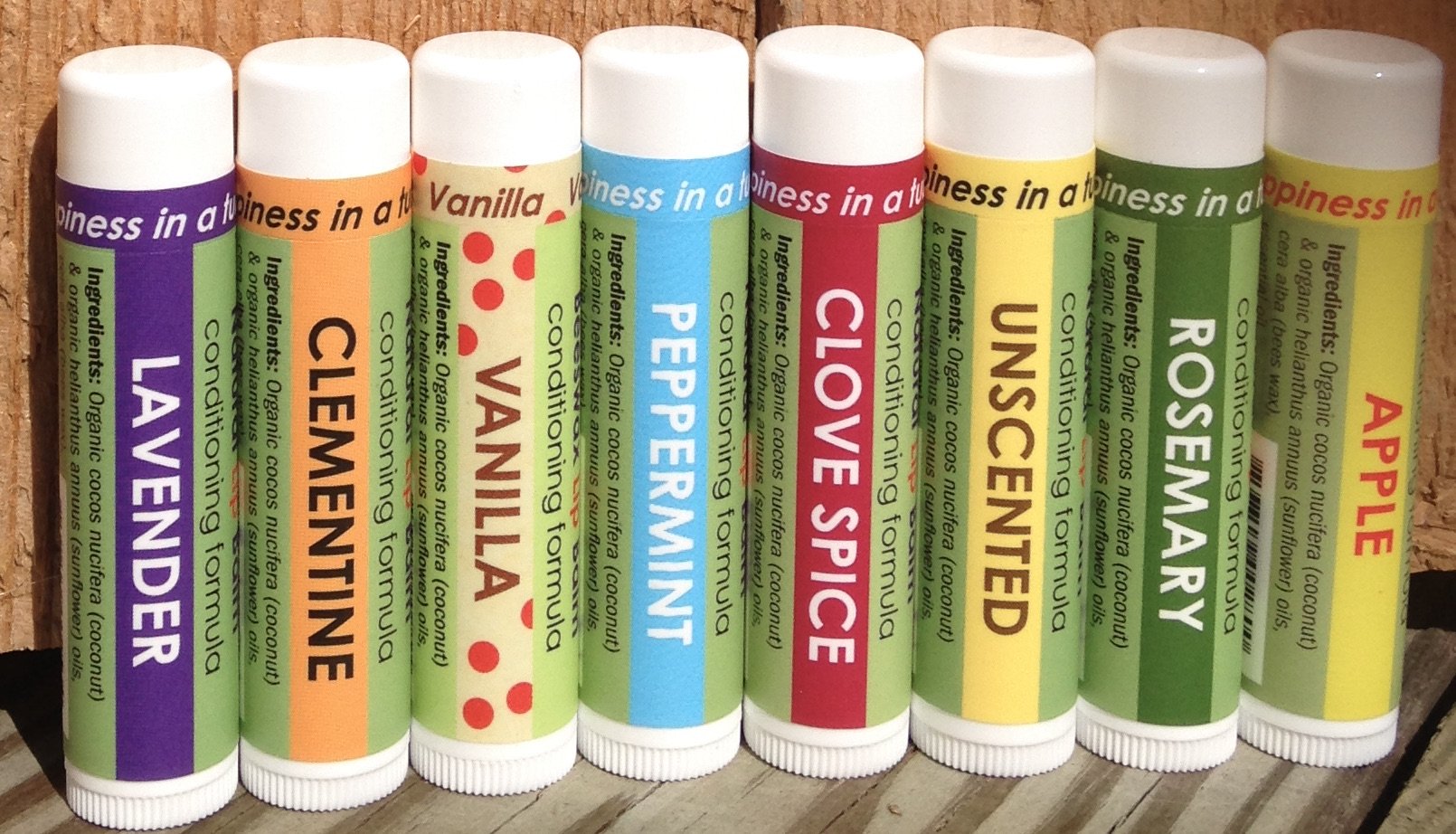 Choose from 8 LiXTiK Beeswax flavors/scents. Ingredients: Organic coconut and sunflower oils, premium beeswax, 100% pure essential oils Choose from 8 LiXTiK Beeswax flavors/scents. Ingredients: Organic coconut and sunflower oils, premium beeswax, 100% pure essential oils |
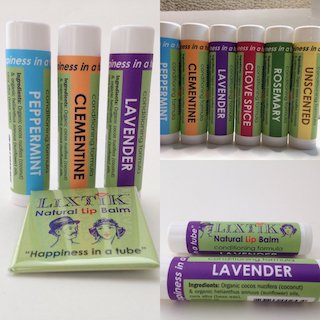 Get a 3 pack and save Get a 3 pack and save |
The chicken coop is easy to clean
Cleaning the coop every day can be quick and easy.
After you are dressed for the occasion, grab your chicken coop cleaning tools and go in your coop.
Take out the roosts. I lean them up against the coop, while resting on the coop stairs. If there's poop on them, I have an out of the way spot, where I rub the poop spots in the grass.
If you don't have an out of the way grassy spot to do this, use a damp rag to wipe it off with before you sponge it down. Personally, I would find an out of the way grassy spot under a bush, where you never walk, instead.
Scoop the poop with the pooper scooper, being careful to not shake it too much. Simply let the extra sand sift through the scooper. This will keep the dust down.
Have your spray bottle with filled with Instant Liquid Soap diluted to Waterless Hand Soap strength, ready. This Instant Liquid Soap dilution is strong enough to kill pathogens, and will evaporate and dry without leaving any residue.
When all of the poop is scooped, I spray a generous amount of Instant Liquid Hand Soap onto the sponge and wipe down the roosts. If they are very dirty, I'll rinse them off and let them dry in the sun. Most days, they are not poopy at all, and I simply wipe them down with a damp soapy sponge.
Then I go around the coop and wipe down the window frame on the outside and inside of the frame, making sure to also wipe down any seams.
I wipe down the roost holders, making sure to go against the wall behind the pegs that hold the roosts in place. I also wipe underneath and the sides where they meet the wall.
I continue to go around the coop, wiping down the corners from floor to ceiling, where the ceiling meets the wall, around the nest box, around the door frame and the door window. I pay extra attention to any gaps and seams in the wall and ceiling coverings.
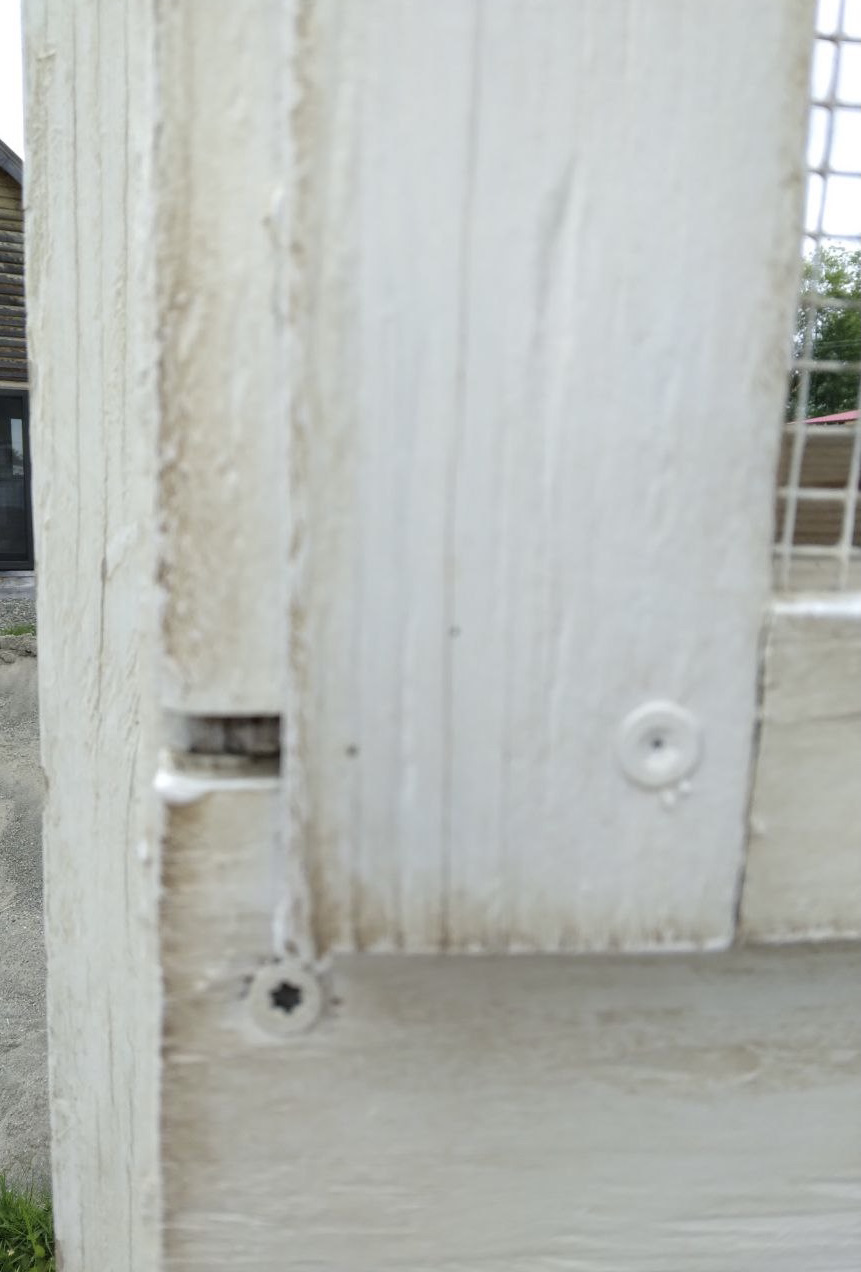 Here is a place in the door where there is a gap in the wood boards. Wipe in there to deter any bugs trying to make a nest.
Here is a place in the door where there is a gap in the wood boards. Wipe in there to deter any bugs trying to make a nest.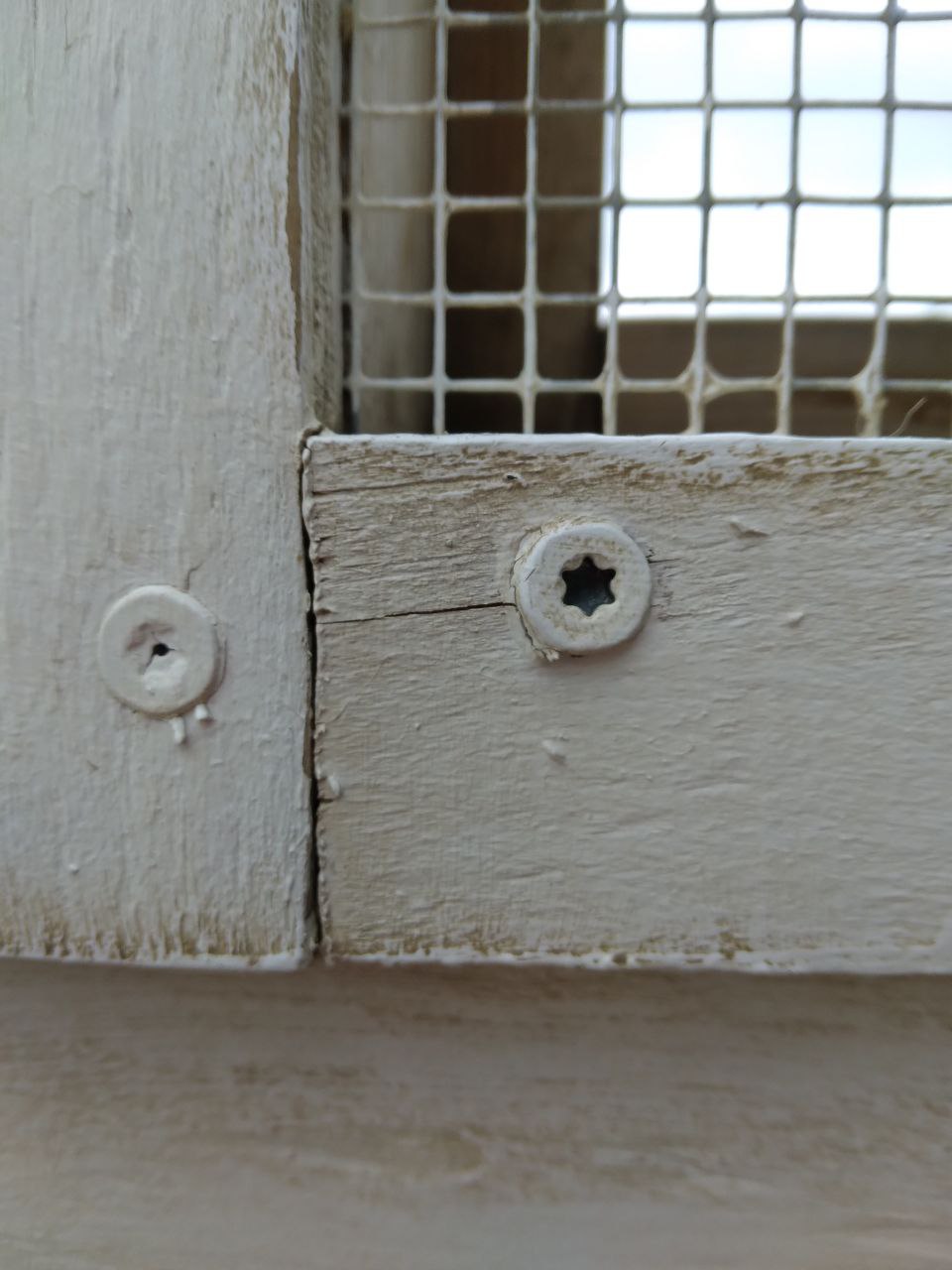 Coop window. Wipe down around the window, making sure to wipe the space between the window trim boards. Bugs can hide in there.
Coop window. Wipe down around the window, making sure to wipe the space between the window trim boards. Bugs can hide in there.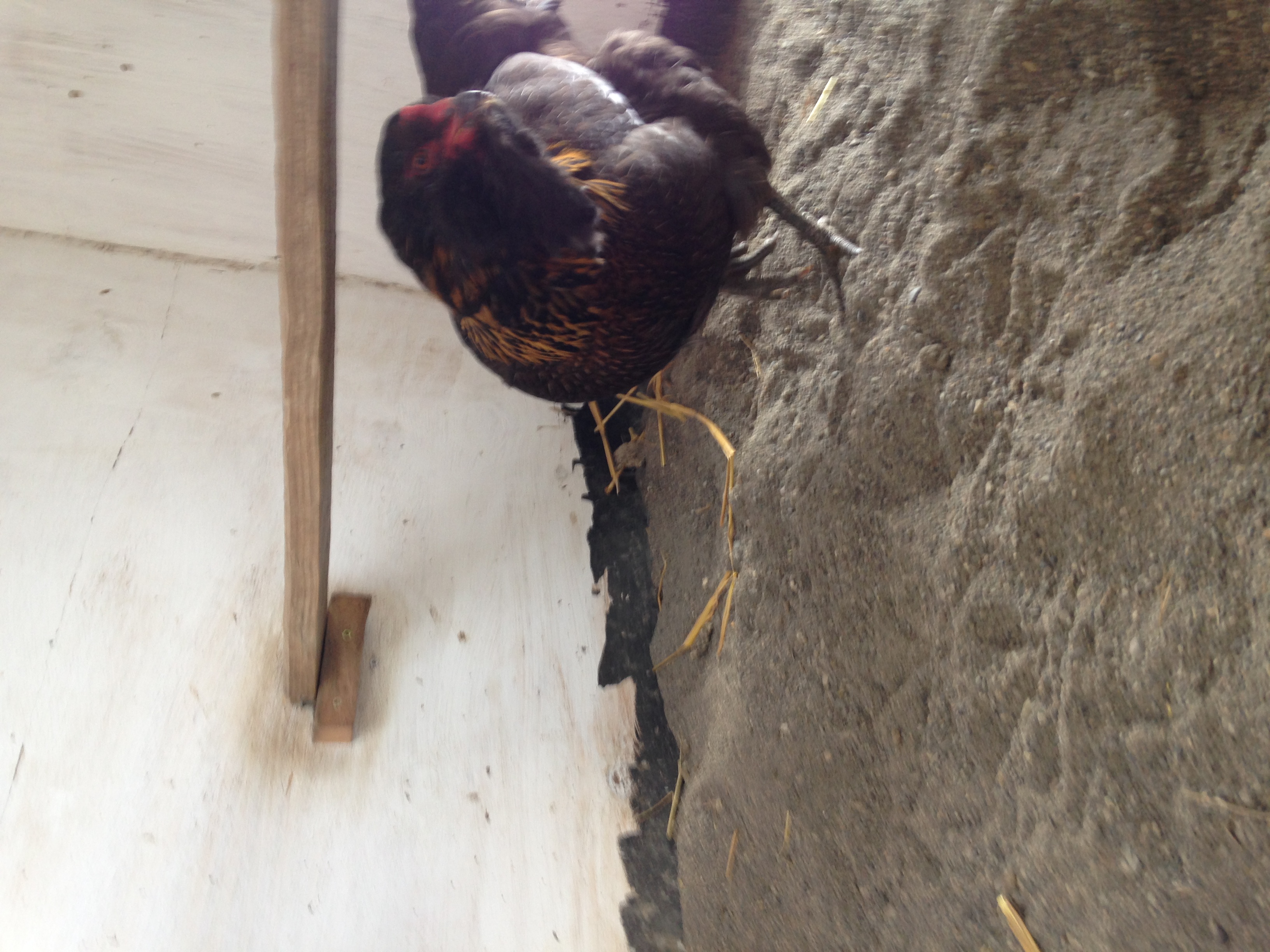 Cooper underneath a roost. When the roost is removed, clean around the pegs that hold it in place
Cooper underneath a roost. When the roost is removed, clean around the pegs that hold it in placeAfter I'm finished, I put the roosts back in place and dump the sandy poop in the chicken poop compost pile. I start a new pile every 6 months and use the old ones in the garden. My organic chicken poop is excellent nutritious compost.
I have a hose in an out of the way spot to hose off all of my tools: putty knife scraper, pooper scooper, sponge, bucket, boots, and rubber gloves. I wash them with the soap and hose them off again. I put them all away until tomorrow.
I take off my mask and coveralls and shake out any dust. Then I shake out my hat. I shower. I'm ready for the day and my chickens have a clean place to lay eggs.
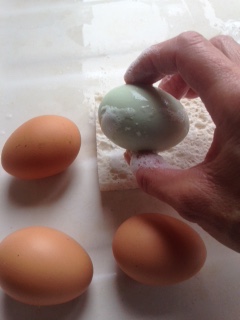
When you have your beautiful fresh eggs, I wash them right before cracking them open to cook. Read about kitchen soap here.
Cleaning for mites
I was shocked to find scale mites on some of my new chickens' legs. I acted quickly and within a week, my chicks were fine.
While getting rid of some scale mites that were beginning to spread through my flock, I quickly switched from Unscented Instant Liquid Soap to Peppermint. I liberally sprayed it in every crack and crevasse in both of my coops.
After I did my regular coop cleaning with Peppermint soap in the mornings, lightly dust the roosts and add it to the sand on the floor of the coops with diatomaceous earth.
I also sprayed it on the roosts to wipe them down and then sprayed soap to soak into the wood while the flocks were outside for the day. Scale mites have a life span of 7 days, so I did this every couple of days for 2-3 weeks.
Aside from cleaning the coops, I made a VERY weak solution of peppermint soap. I took 1/4 cup of Waterless Hand Soap, aka Go Soap dilution (1 bag of Instant Liquid Soap diluted to 2 gallons) and 1/2 cup of garlic water, put it in my 32 oz. spray bottle and filled it with water. This is a very weak solution. I am not a fan of garlic and it's not that strong smelling. Plus garlic is great for chicks. I gently sprayed it on their legs and feet, carefully avoiding any spray going anywhere other than their feet. I sprayed their feet with this solution about 1-2 times a week, if the weather was above 40 degrees during the day.
How to make garlic water: Peel 1 clove of fresh, juicy, organic garlic and mash it in a garlic press. Put it in a small sauce pan with 1-2 cups of water. Gently boil it for 15 minutes. Strain out the garlic and put it in your chick treat dish. Put the garlic tea water in your mite spray.
Mite away herb sprinkle
I mixed dried oregano, ginger, garlic, peppermint, fennel, and marigold seed heads together and sprinkled it on the floor of the coop, every few days. Not only did my coops smell great, the chicks love to eat this mix that will chase away or kill mites.I did this in the evenings before the chicks went to bed, so the herbal aroma would deter the mites as they were waking up for their all night feeding frenzy.
The last thing I did was gently spread a little bit of coconut on the chickens who had visible mite signs of barnacled feet and ankles. Then I would lightly dust their feet with food grade diatomaceous earth, being careful not to create a dust cloud.